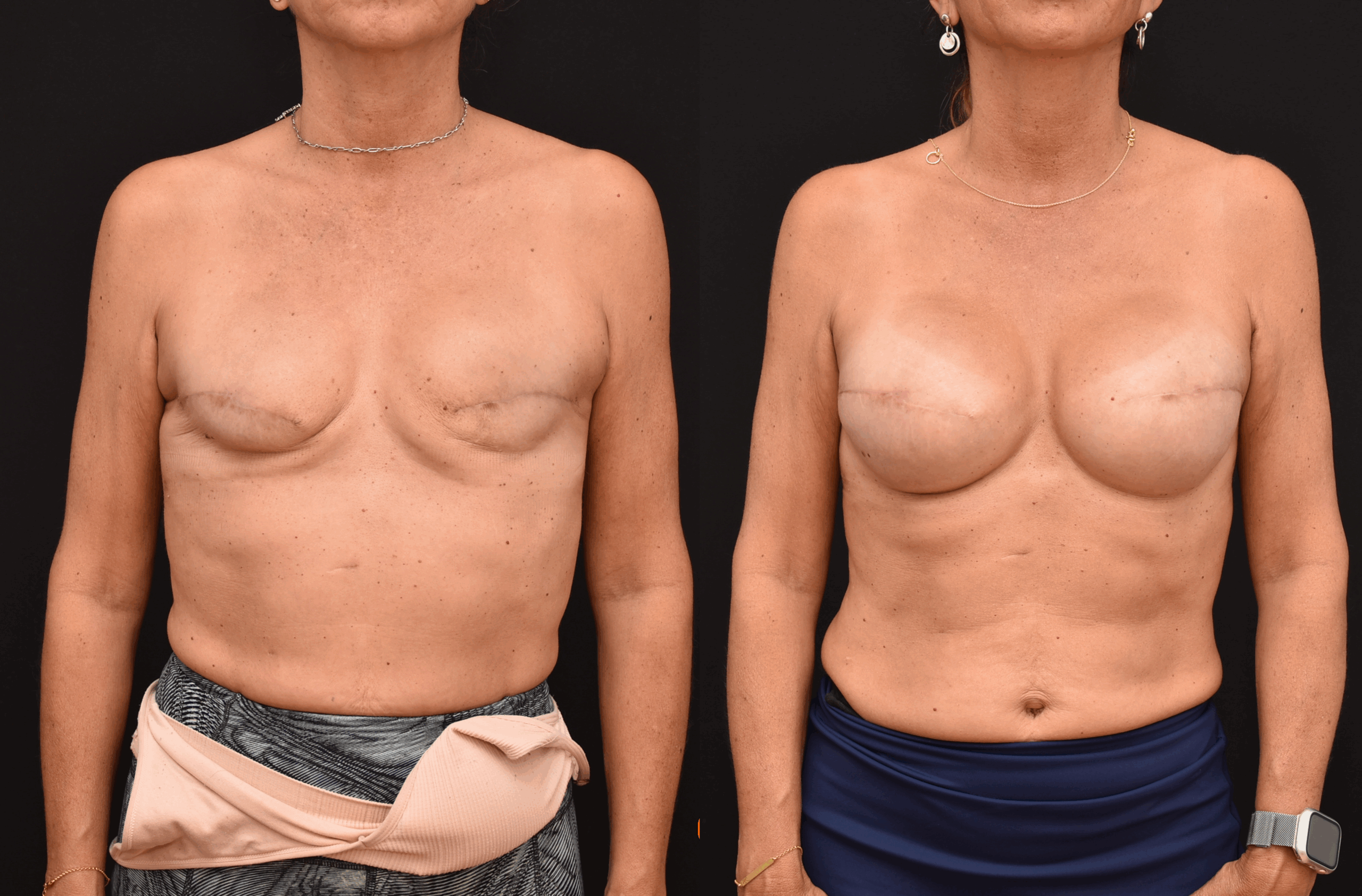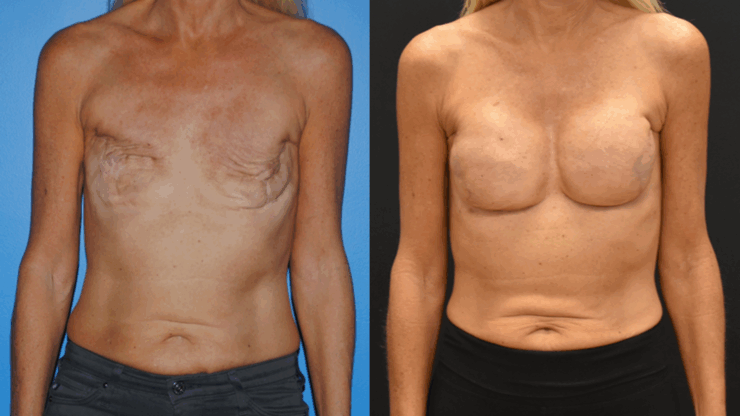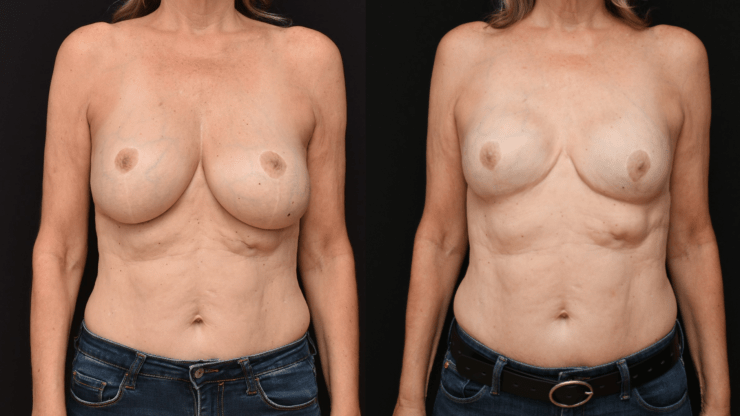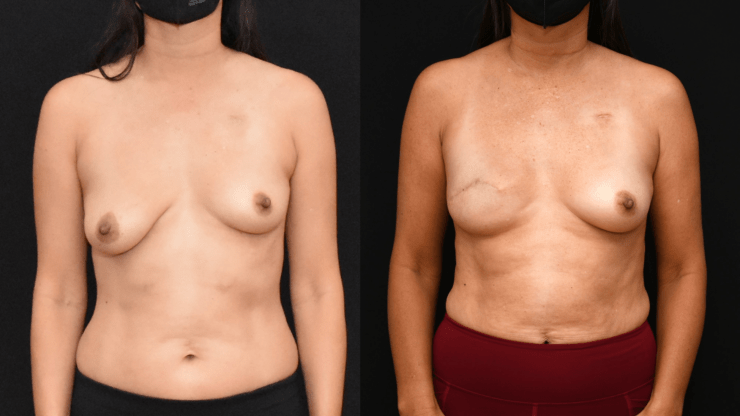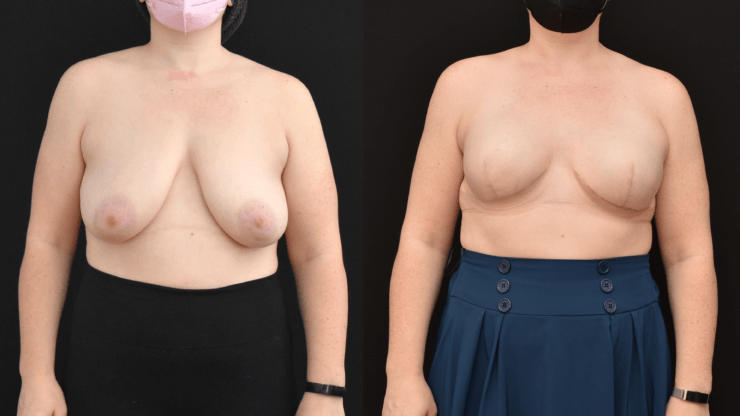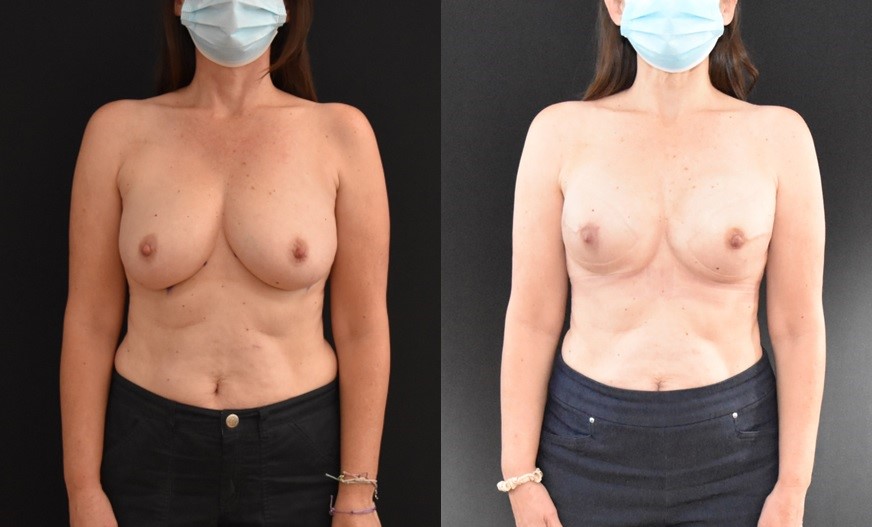October is Breast Cancer Awareness Month. Breast cancer can be treated with lumpectomy or with mastectomy. Breast reconstruction is challenging. When the breast is reconstructed with tissue expanders and implants, there are two options of expander placement. Pre-pectoral (in front of the muscle) and sub pectoral (behind the muscle). Either plane is used today. In some instances, the tissue expander…
